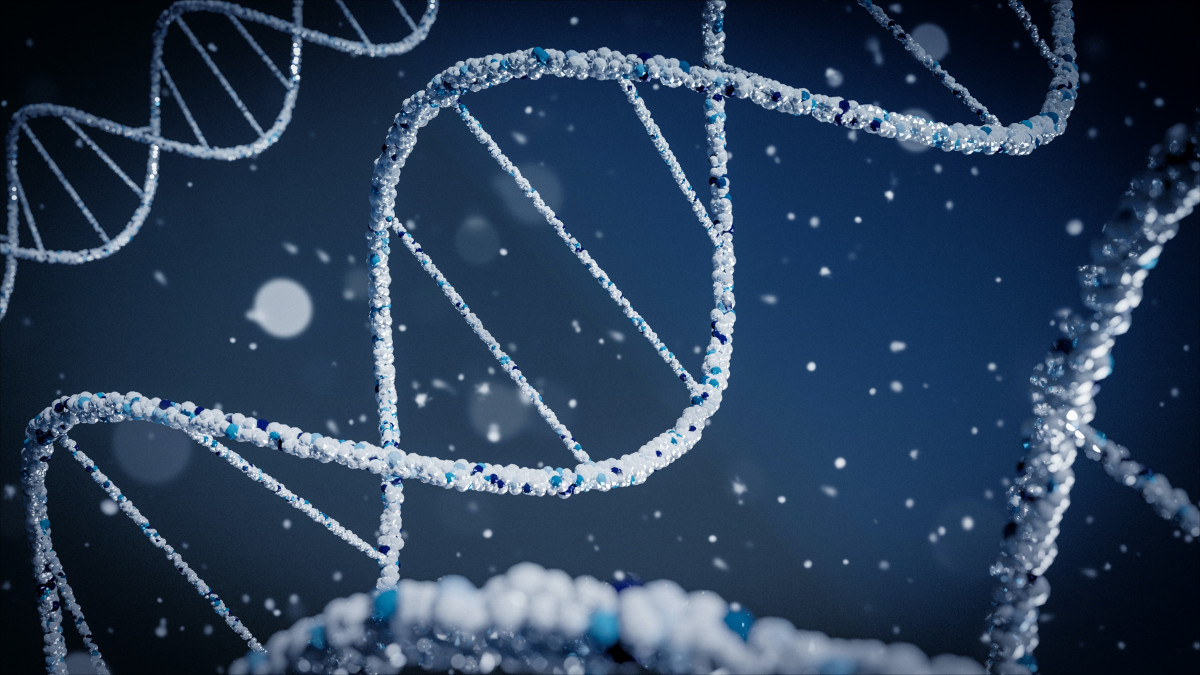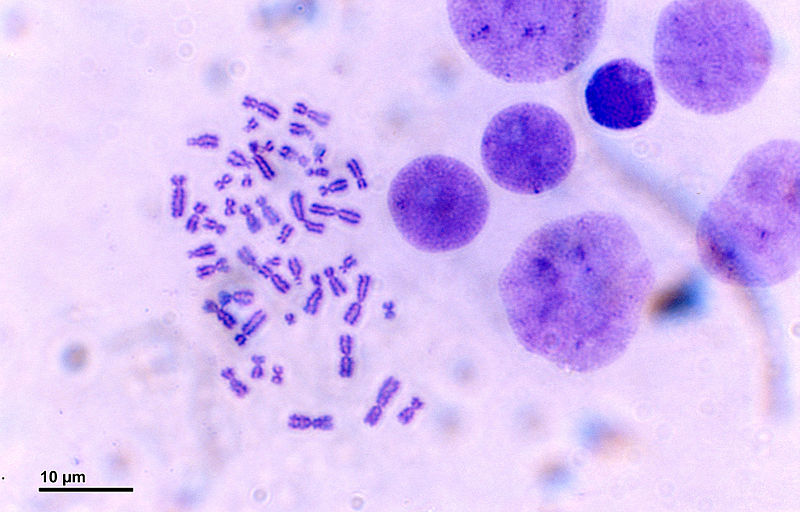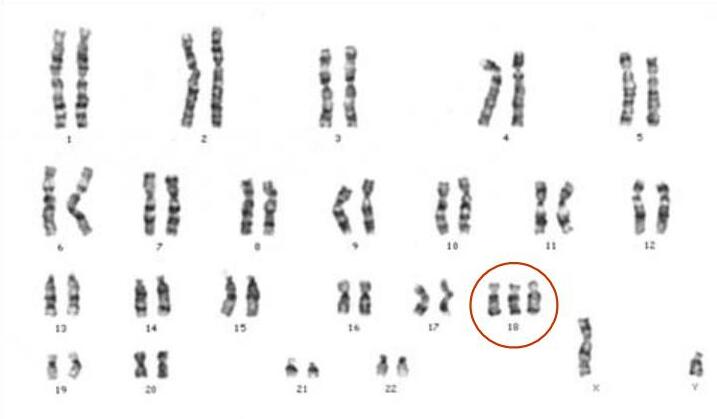What happens in a Genetics laboratory? (Part I)

Mutations refer to changes in our genes or chromosomes. They are relatively common, and in fact, all of us carry genetic mutations. The impact of a mutation can vary, ranging from beneficial to harmful, or even having no observable consequences. This outcome is influenced by environmental factors, chance occurrences, and the presence of mutations in other related genes.
When mutations disrupt the process of transmitting information encoded in genes, they can have adverse effects on the organism's proper functioning. Genetic analysis is conducted to identify mutations in specific genes or chromosomes. Typically, such analyses are performed using blood samples, although occasionally other tissues may also be used. While it is possible to extract DNA from saliva, this method sometimes fails to provide sufficient quantity and quality of DNA, making blood samples the preferred choice. After the sample is collected from the patient, it is sent to the laboratory for the examination of the relevant genes and chromosomes.
Genetic services play a crucial role in diagnosing and studying genetically-based diseases. However, due to the vast array of tests required for different genetic conditions, it is often impractical for these services to have all the necessary tests available in their laboratories. This challenge is particularly evident in the case of rare genetic diseases, where samples need to be sent to reference laboratories for accurate testing.
Genetic analysis provides information solely about the specific disease being tested. There is no universal test for all genetic diseases.
Types of Genetics laboratories
Two primary types of laboratories work on genetics: cytogenetics laboratories, which focus on chromosome analysis, and molecular genetics laboratories, which concentrate on gene studies. Let's begin with the first type.
When a healthcare professional suspects a genetic disease caused by a chromosomal alteration, their initial step is to request the cytogenetics laboratory to examine the patient's chromosomes. To analyse the chromosomes, a sample of blood, skin, amniotic fluid, or chorionic villi is obtained. Initially, the cells are cultured in the laboratory to facilitate their growth. Subsequently, the cells are placed on a microscope slide and stained with a dye, allowing for easy observation under a microscope.

The initial step performed by a cytogeneticist is the enumeration of chromosomes. Abnormalities in the number of chromosomes can contribute to certain diseases. For instance, an additional chromosome in the 21st pair is responsible for Down syndrome. Furthermore, the cytogeneticist examines the structure of the chromosomes. Structural alterations occur when genetic material is rearranged due to a break, resulting in a gain or loss of genetic material. In some cases, the Fluorescent In Situ Hybridization (FISH) technique is employed to detect changes that may be too small to be directly observed through a microscope or to confirm an alteration initially identified through microscopy.
Cytogenetic analysis is a meticulous process that involves several stages. Initially, cell cultures must be cultivated, which can take at least one week. Subsequently, an additional seven days may be required to prepare slides and conduct individual chromosome analyses under the microscope.

